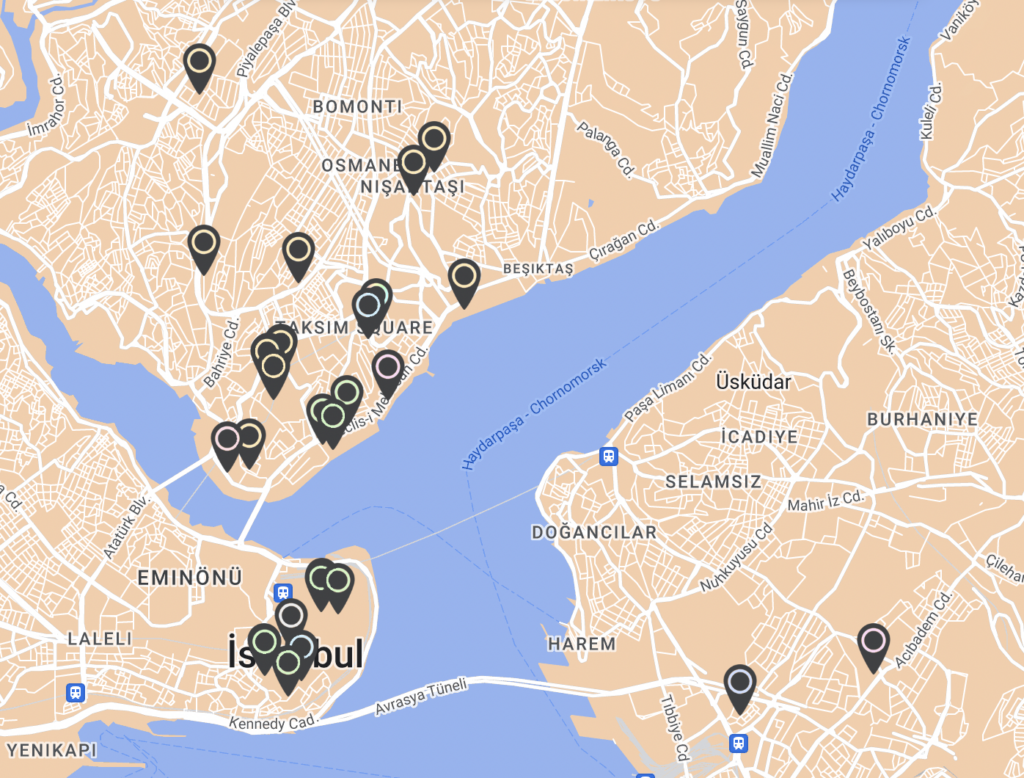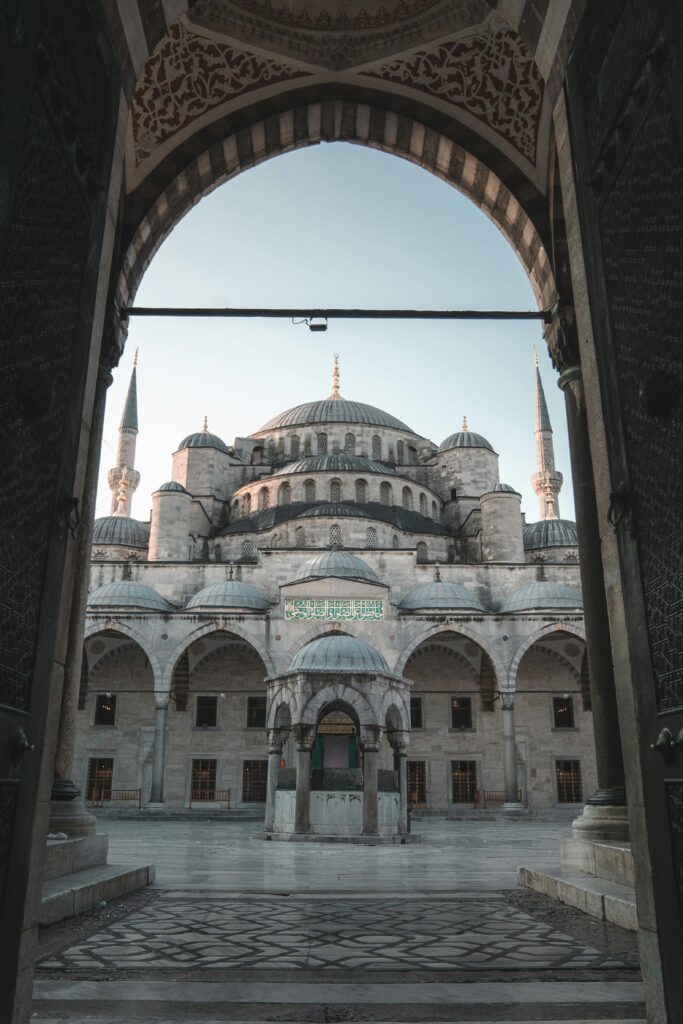48 Hours in Istanbul, Turkey

To see all the destinations listed in this guide and other ceramic sites in Turkey, check out CERAMIC WORLD DESTINATIONS (CWD), MoCA/NY's interactive map listing over 4,000 ceramic destinations!

Get ready to embark on an adventure